Static physical polyurethane testing does not tell the entire story about how a material will work in a particular application. Rarely will an application resemble a static test such as tensile strength. In use, parts will see combinations of effects, i.e., tearing and abrasion, while in dynamic situations. Polyurethane static testing gives the end user a general idea of a material's performance characteristics and establishes a starting point in the design process.
Pleiger Plastics provides balanced polyurethane testing services that will be useful in determining the best material for your design.
Tensile Testing (ASTM D 412)
Also known as tension testing, subjects the specimen to controlled tension until failure. Ultimate elongation, or how far the material can stretch, is measured during this test.
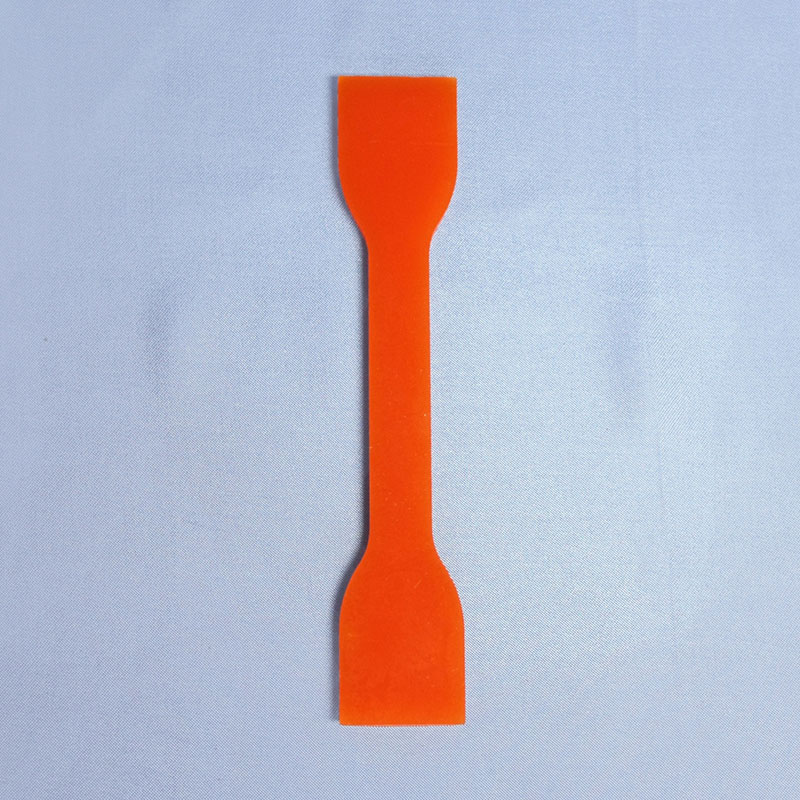
Tensile Specimen

Tensile (ASTM D 412) Testing

Tensile (ASTM D 412) Testing
Tear Strength Polyurethane Testing
Measures the material's resistance to tearing while the machine is pulling the specimen apart. Die C, Notched Die B, Trouser and Split Tear tests are four specimens used to calculate the maximum force required to tear a material. The Die C test, while it is the most common method, experience tells us that it is not as strong an indicator of field performance as the Trouser Tear test.
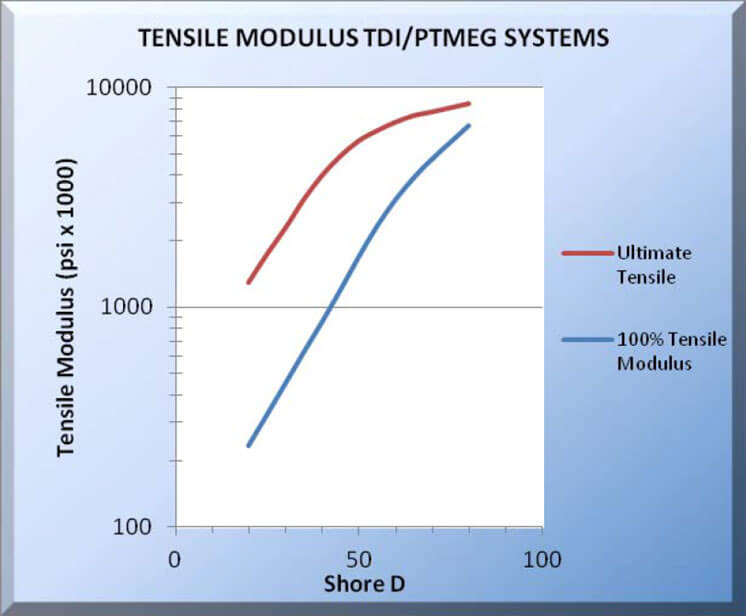
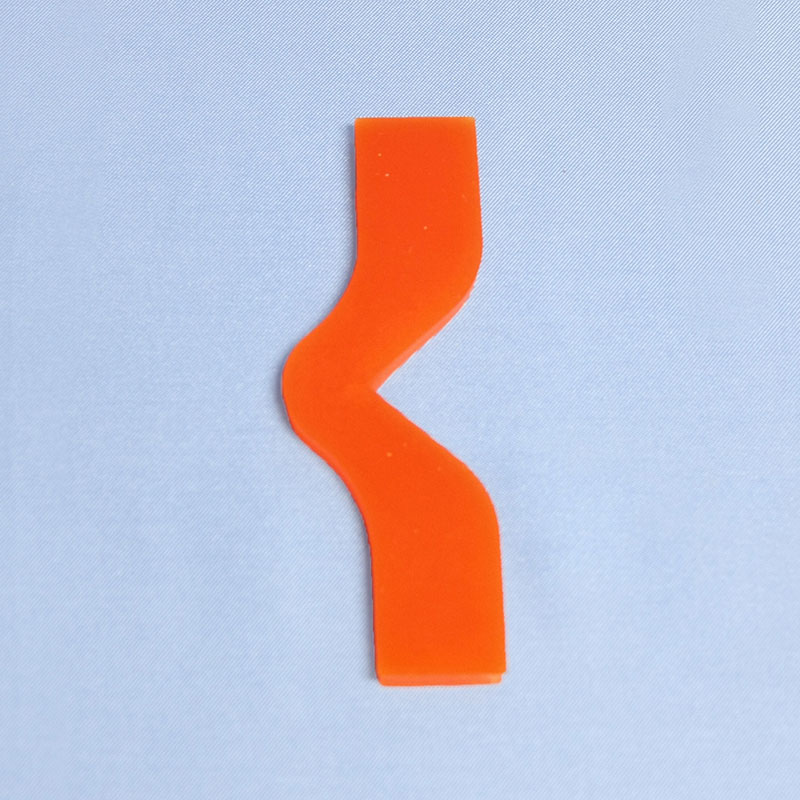
Die C Specimen (ASTM D 624)
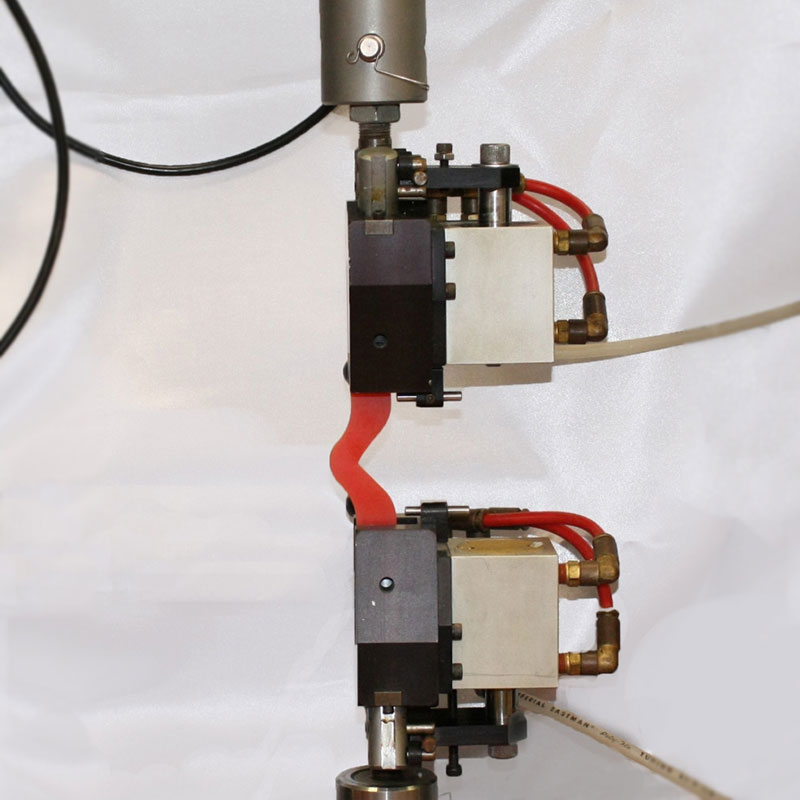
Die C Test (ASTM D 624)

Trouser (ASTM D1938-14) Test

Trouser (ASTM D1938-14) Specimen
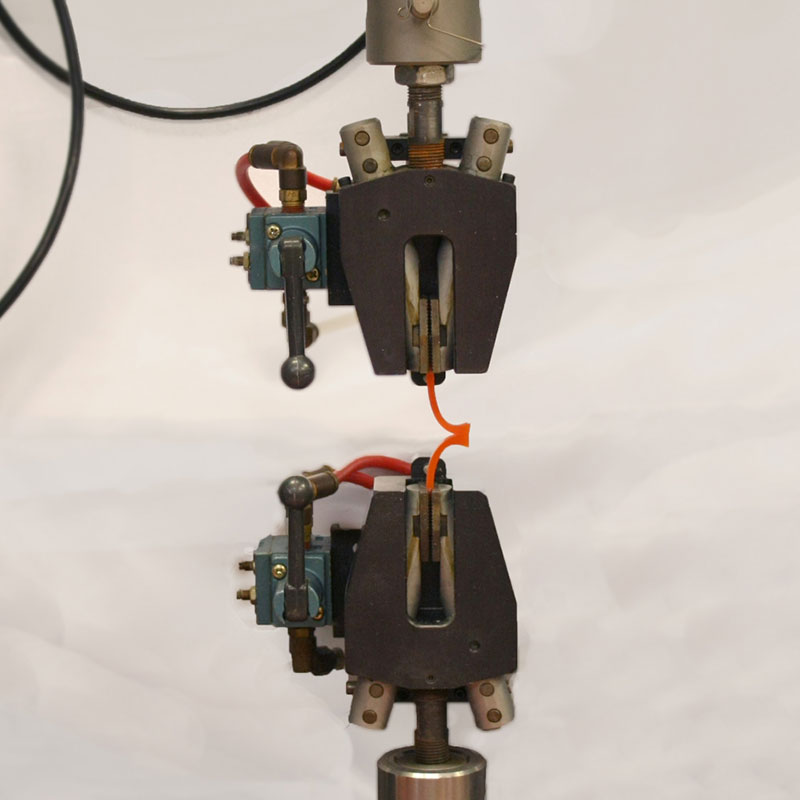
Split Test (ASTM D 470)
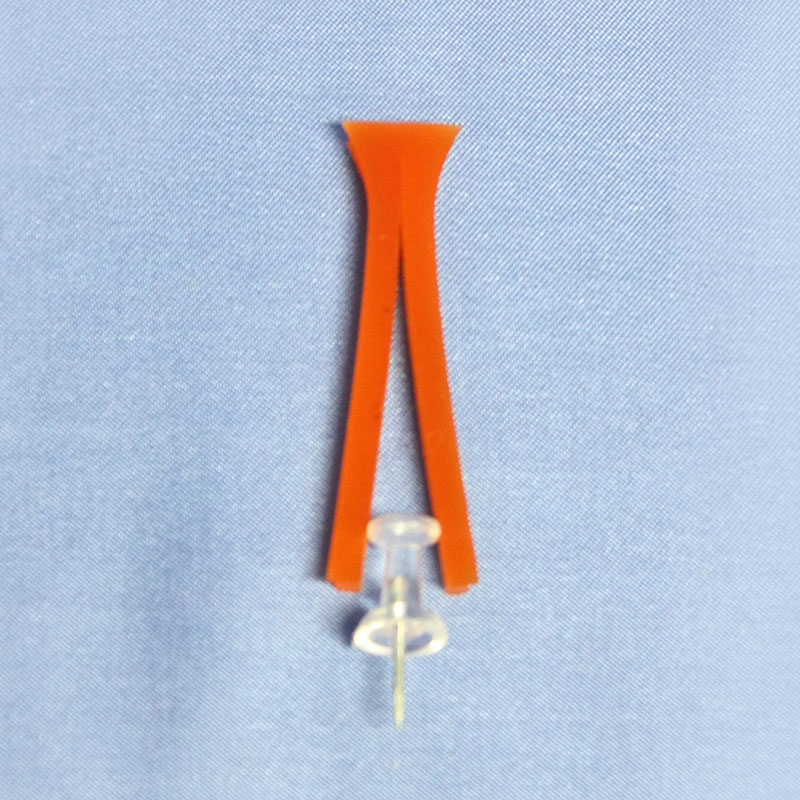
Split Tear Specimen (ASTM D 470)
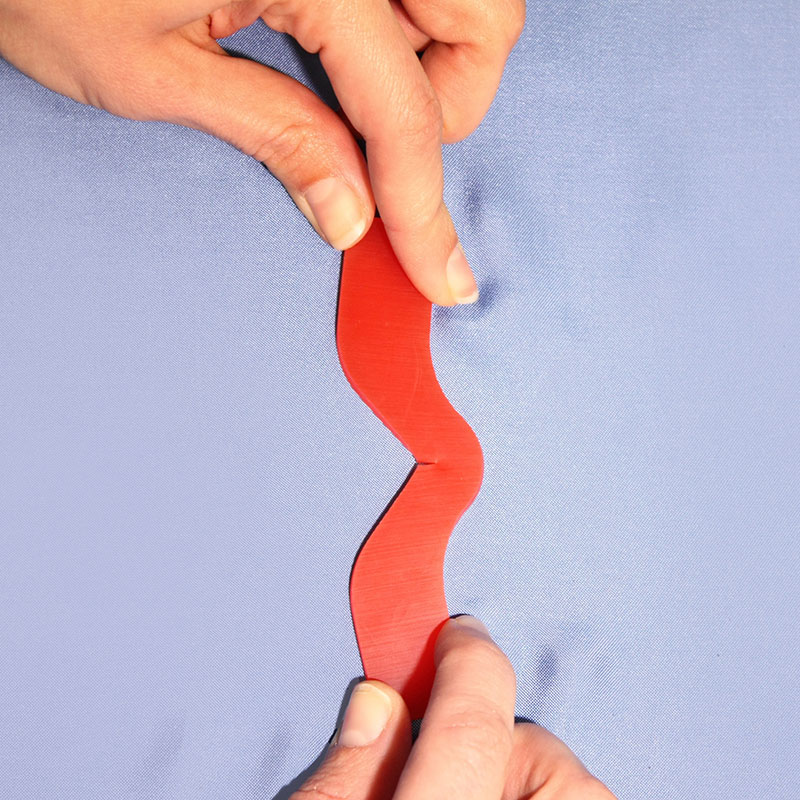
Notched Die
Taber Abrasion Test (ASTM D 1044-78)
Measures the material resistance to wear/abrasion by rubbing or scraping. The Taber test involves two abrasive wheels that are lowered onto the specimen, and as the platform rotates, the test material begins to abrade away, and wear marks become visible. Taber abrasion is measured in mg loss.
Wheel, load, and cycles to make comparisons should be noted. Taber results should be considered ranges, not hard quantitative results. 20mg and 22mg are the same, but 20mg and 40mg are significantly different.
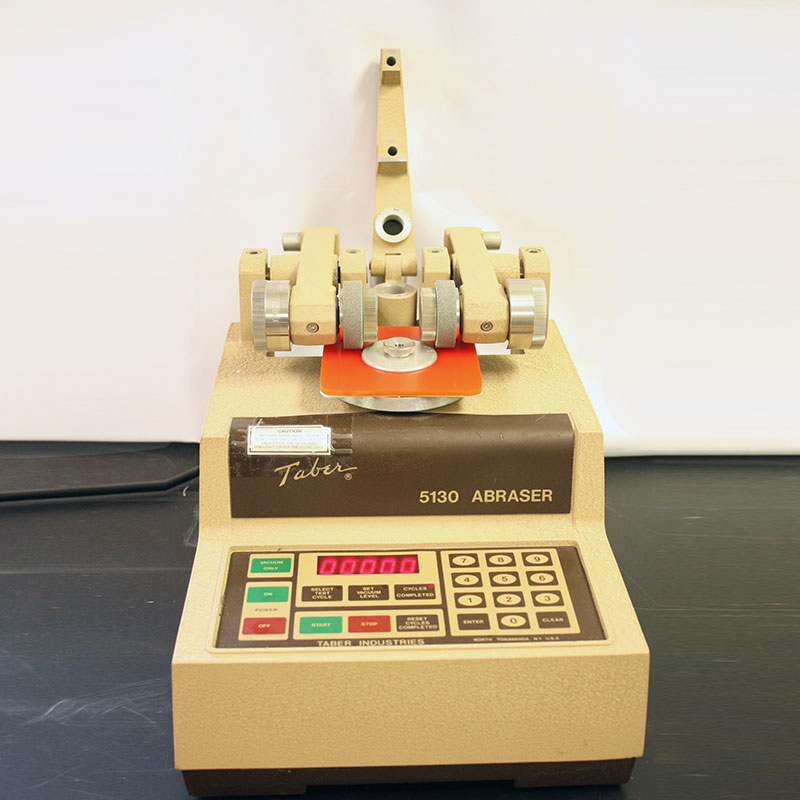
Taber Abrasion Testing (ASTM D 1044-78)
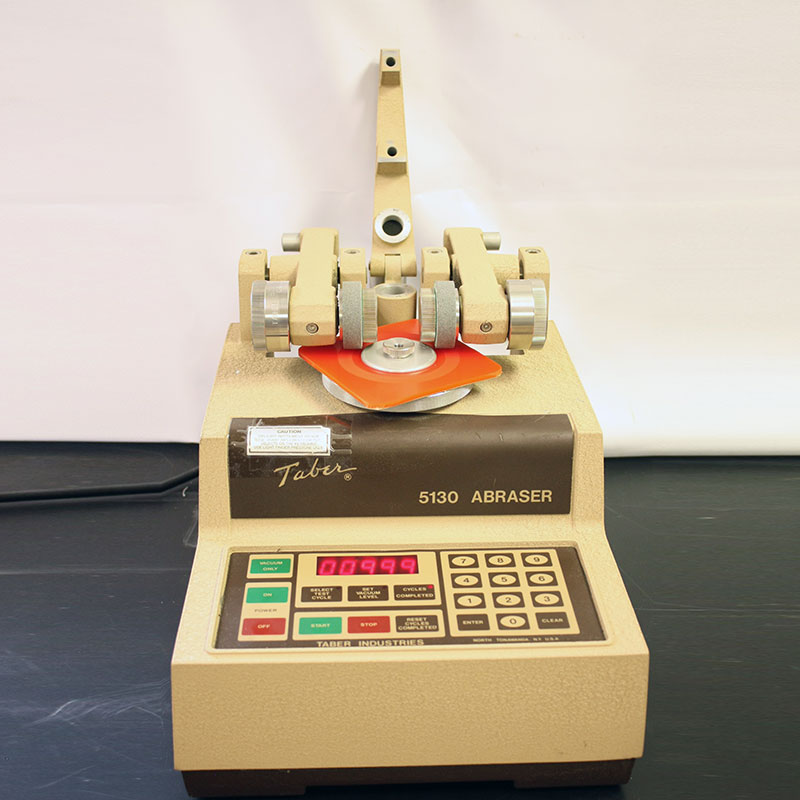
Taber Abrasion Testing (ASTM D 1044-78)
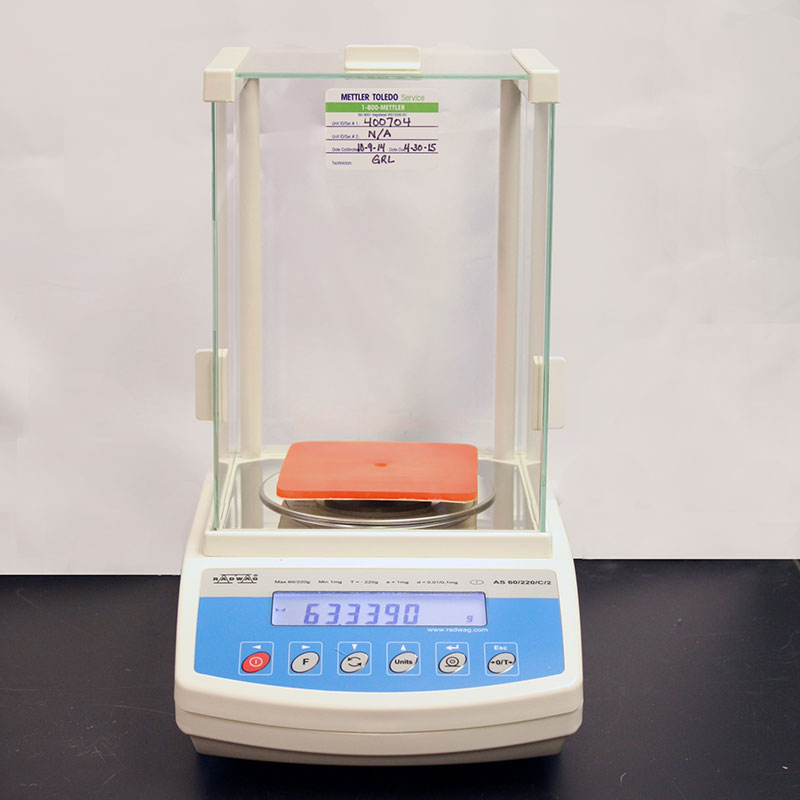
Taber Abrasion Weight Loss Testing (ASTM D 1044-78)
Bayshore Resilience (ASTM D 2632)
Measures the rebound characteristics of an elastomer by bouncing a projectile on a sample part. High Bayshore resilience generally implies low heat buildup in the material when used at high speeds under high loads. Bayshore resilience is measured in % rebound.
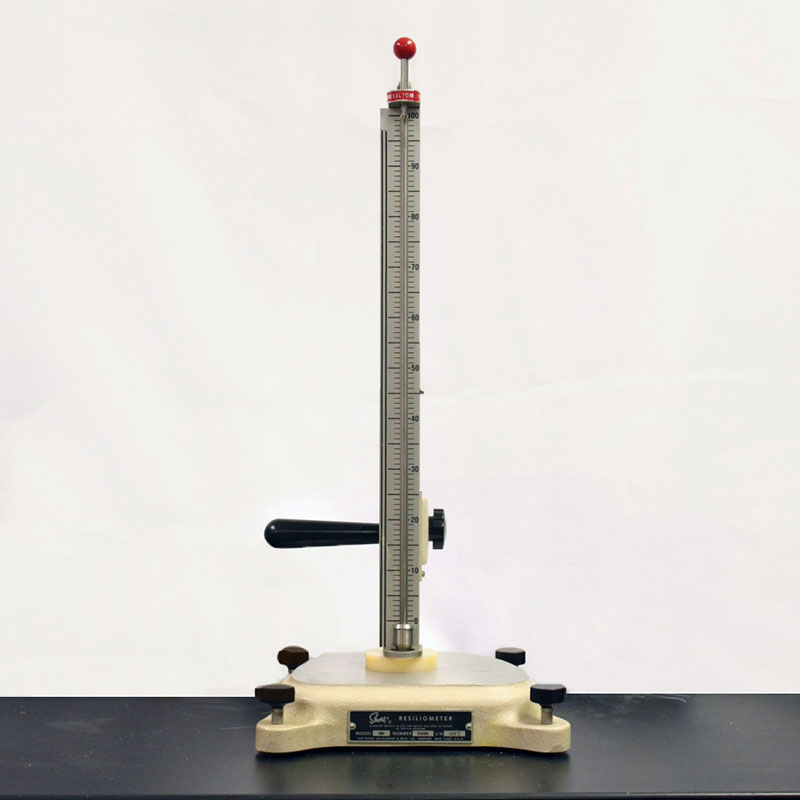
Resilience Test (ASTM D 2632)
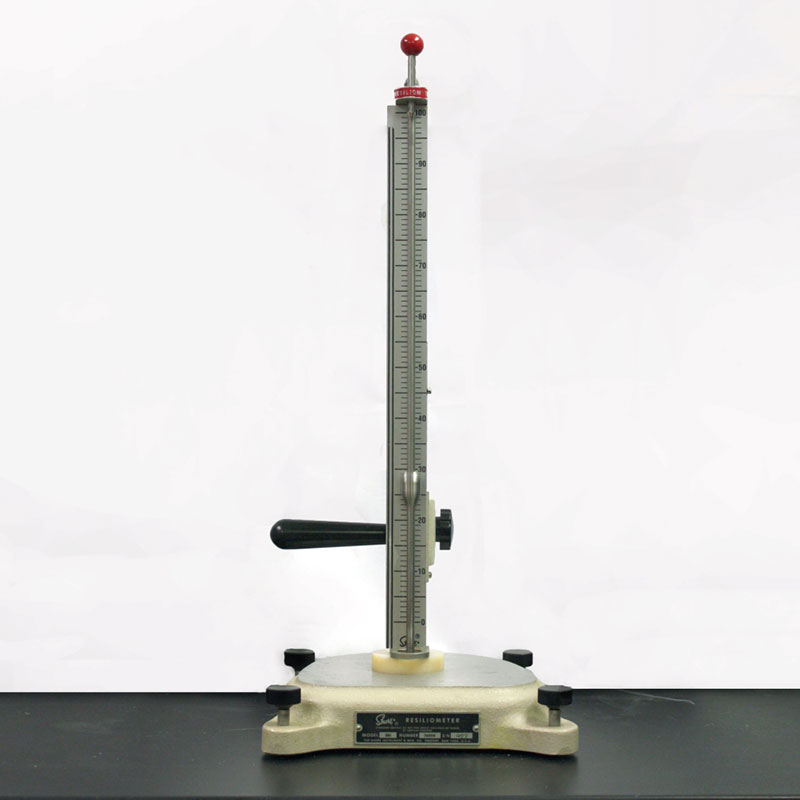
Resilience Testing (ASTM D 2632)
Chemical Resistance Testing
Pleiger Plastics can test a compound's resistance to specific chemicals that the end-user is exposing it to, and when possible, under application conditions. Besides the chemical itself, many factors can affect the chemical resistance of an elastomer, such as ambient temperature, strain, method of exposure, duration of exposure, etc. Please reference the Chemical Resistance Chart to see the chemicals already tested by Pleiger on Plei-Tech® urethanes.
Analytic Chemistry
Along with mechanical testing, Pleiger offers analytical testing to identify the chemical composition of urethanes.

